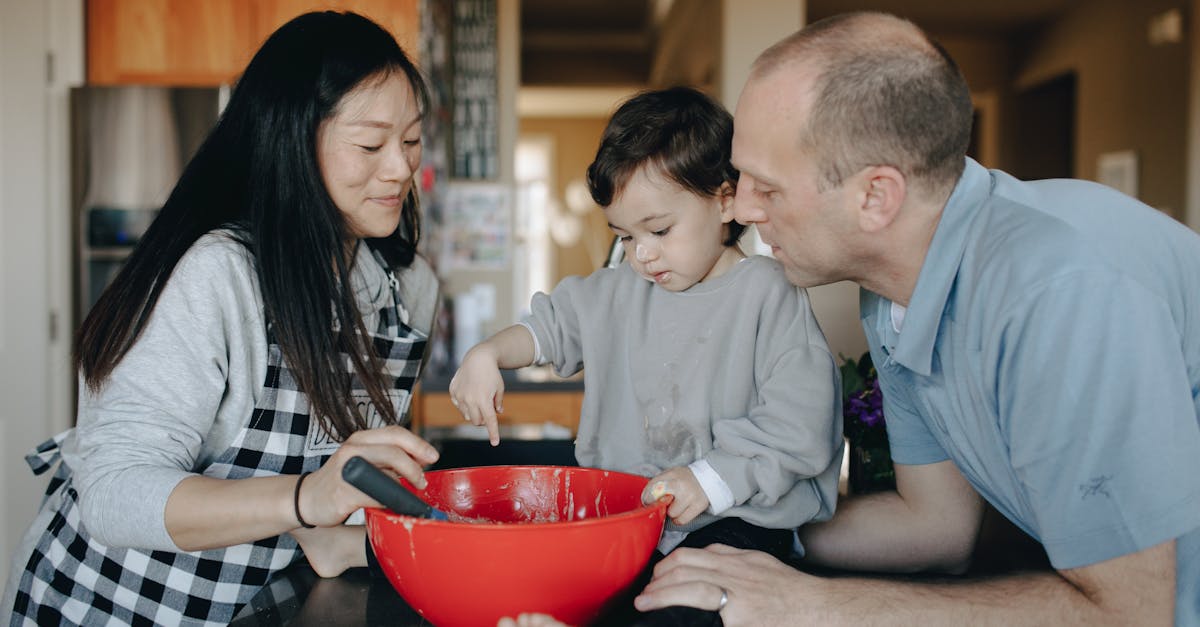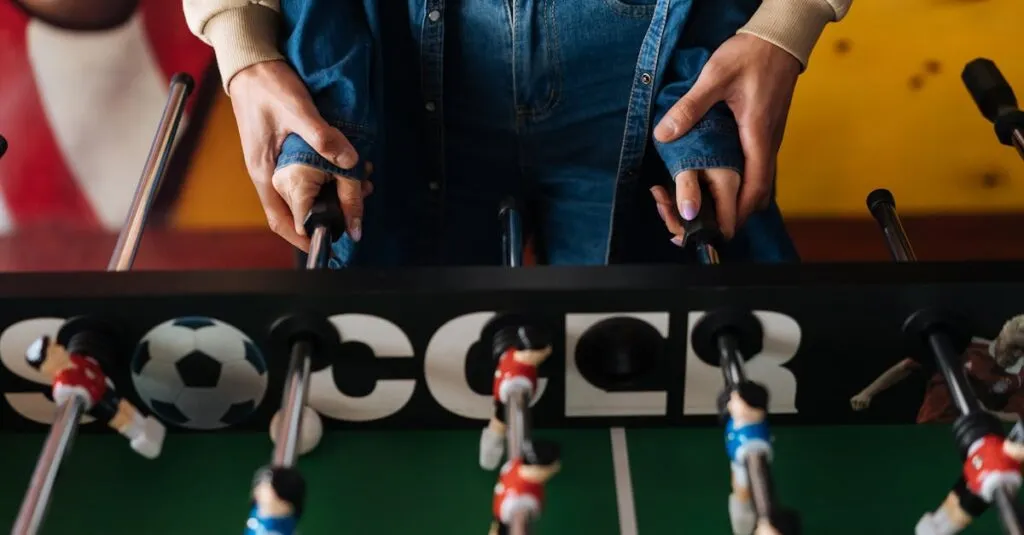Why Patience is a Precious Virtue for Kids
As parents, hearing “Are we there yet?” on repeat can test anyone’s patience. But did you know that patience isn’t just a survival skill for parents? It’s a virtue kids need too. Teaching patience to preschoolers can lay the foundation for a life filled with less frustration and more happiness. Kids who learn to wait graciously grow up to be resilient adults.
Teaching patience doesn’t require a Ph.D.; it simply asks for consistent practice and a sprinkle of creativity. So, let’s dive into easy ways for you to cultivate patience in your little one’s daily life.

Ways to Teach Patience to Kids
- Model Patience: Children learn by watching. Show them how to stay calm and patient in your own life.
- Play Waiting Games: Incorporate games that involve waiting, such as ‘Simon Says’ or board games that require taking turns.
- Practice Mindfulness: Teach mindfulness activities that focus on being present and enjoying the moment.
- Use Timers: Set a timer for certain activities and explain to your child that they will have to wait until the timer goes off.
- Reward Patience: Acknowledge and praise your child when they exhibit patience in various situations.
Incorporating these practices can help children embrace patience as a vital skill as they grow up!
Simple Ways to Introduce Patience
Kids have the attention span of a goldfish. Introducing a biblical idea like patience can feel like explaining calculus to a kitten! Here are some effective methods to instill this virtue:
1. Start in Small Doses
Begin by incorporating patience into everyday moments. Some practical situations include:
- Waiting for cookies to bake
- Building a block tower that won’t fall
2. Use Scripture as a Gentle Guide
Incorporate biblical teachings to highlight the importance of patience. For instance, Proverbs 15:18 states: “Hot tempers cause arguments, but patience brings peace.”
3. Frame Moments with Positivity
Enhance these lessons by framing instances of waiting in a positive light. Engage children with fun activities related to waiting, such as:
- Planting seeds and watching them grow
Use these activities to make the concept of patience enjoyable and relatable!

Patience-Packed Activities for Little Hands
Crafts, games, and hands-on activities can turn waiting into winning! Here are some fun ideas to help teach your little ones the art of patience:
- Waiting Game: Have kids close their eyes and only open them after a set time. This game not only builds patience but also encourages mindfulness.
- Bedtime Stories: Read stories about patience before sleep, which can instill the value of waiting in a fun and engaging way.
- Baking Cookies: Baking cookies is a fantastic blend of taste and patience training. The joy of waiting for cookies to bake can teach kids important lessons about delayed gratification.
- Baking Turns: Implementing “baking turns” teaches sharing while also making the waiting process enjoyable.
When consistent activities are paired with light-hearted fun, they can leave lasting impressions. Who knew that patience could taste like chocolate chip cookies fresh out of the oven?

Handling Preschooler’s Emotional Outbursts With Patience
Every parent knows the sound of a preschooler having an emotional meltdown. It’s like a symphony of exasperation! Managing these outbursts is another golden opportunity to teach patience.
Address emotions by acknowledging their feelings first. Acknowledge statements like:
- I know waiting is hard
- It’s tough to be patient
These go a long way. Then, guide them to take deep breaths or visualize a calm place, creating a buffer between emotion and reaction. This helps kids learn that patience isn’t about suppressing feelings but managing them wisely.

Biblical Stories That Teach Patience
Bible stories like Joseph in Egypt or Job’s trials embody patience in engaging narratives that kids love. When reading or telling these stories, use creative expression and ask questions that tie back to their experiences.
- How did Joseph feel in the well?
- What would they do if they were Job?
This can prompt discussions about patience and faith in their own lives. Stories serve as moral mirror reflections, helping children develop:
- Empathy
- Patience
- A deeper understanding of the world
Here’s a visual representation of such stories:

Join the Parenting Patience Club!
Encourage a sense of community by sharing your experiences in teaching patience with others. Comment below with your fun stories of triumph and challenges. Let’s create a network of parents who laugh together at the quirks of parenthood!
Share your top tips, or just tell us about the time you pretended to be a tree for two hours. Our kids may sometimes forget to say ‘thank you’, but your reward is in those quiet seconds when they actually wait without complaint.
Welcome to the parenting patience club—lifetime members only!

